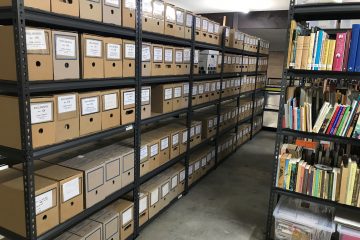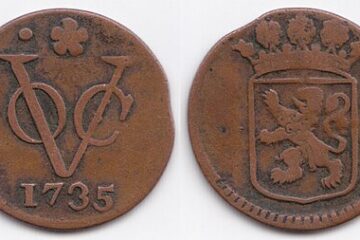Juliana Village in Miranda in Sydney’s South came about thanks largely to the vision and drive of one man: Johan (Jan, John) Logeman (more info on Jan in the pdf below). The idea was born when he he was recovering from a heart illness. Talking to people around him it daunted on him that it could be very lonely for elderly Dutch people who often fall back to their first language. By that time the people around that person such as children and grandchildren might not know the language and communication with their loved ones becomes more difficult.
He concluded that it would be a good idea to provide a safe, supportive environment for Dutch migrants in the later stages of their lives.
Most of the 1970s was occupied with fundraising by dedicated volunteers and countless donations. Most of this evolved around the Netherlands Society of Sutherland. Between 1972 and 1978 they organised seven times a Kermis (Dutch Fair). The community raised over $40.000. When land was purchased another $60.000 was raised through the issuing of $1000 interest-free loan certificates/ The Queen Juliana Fund in the Netherlands gifted $215.000. After this the Australian Government committed themselves to pay for two thirds of the costs of building the 75 retirement units. More unites were build a few years later and since
The opening of Juliana Village took place in November 1980.
With Jan Logeman’s love for gardens secured that the development of the Village included the creation of many beautiful gardens.
Over the years the facility started to receive residents from other parts of the Sydney population. Currently (2023) the majority of residents are no longer from Dutch heritage. The Village at that time had 54 Retirement Village Units (or Independent living) and 71 Residential Care units. Additionally, the village offers 36 beds for residents who require high-level specialised assistance.

The following text is from a booklet published by the Federation of Netherlands Societies Ltd. in February 1985. The research for this booklet was done by Mijntje Hage.
The pdf and the interview below are kept at the Southerland Libra, section Local Histories
See also


